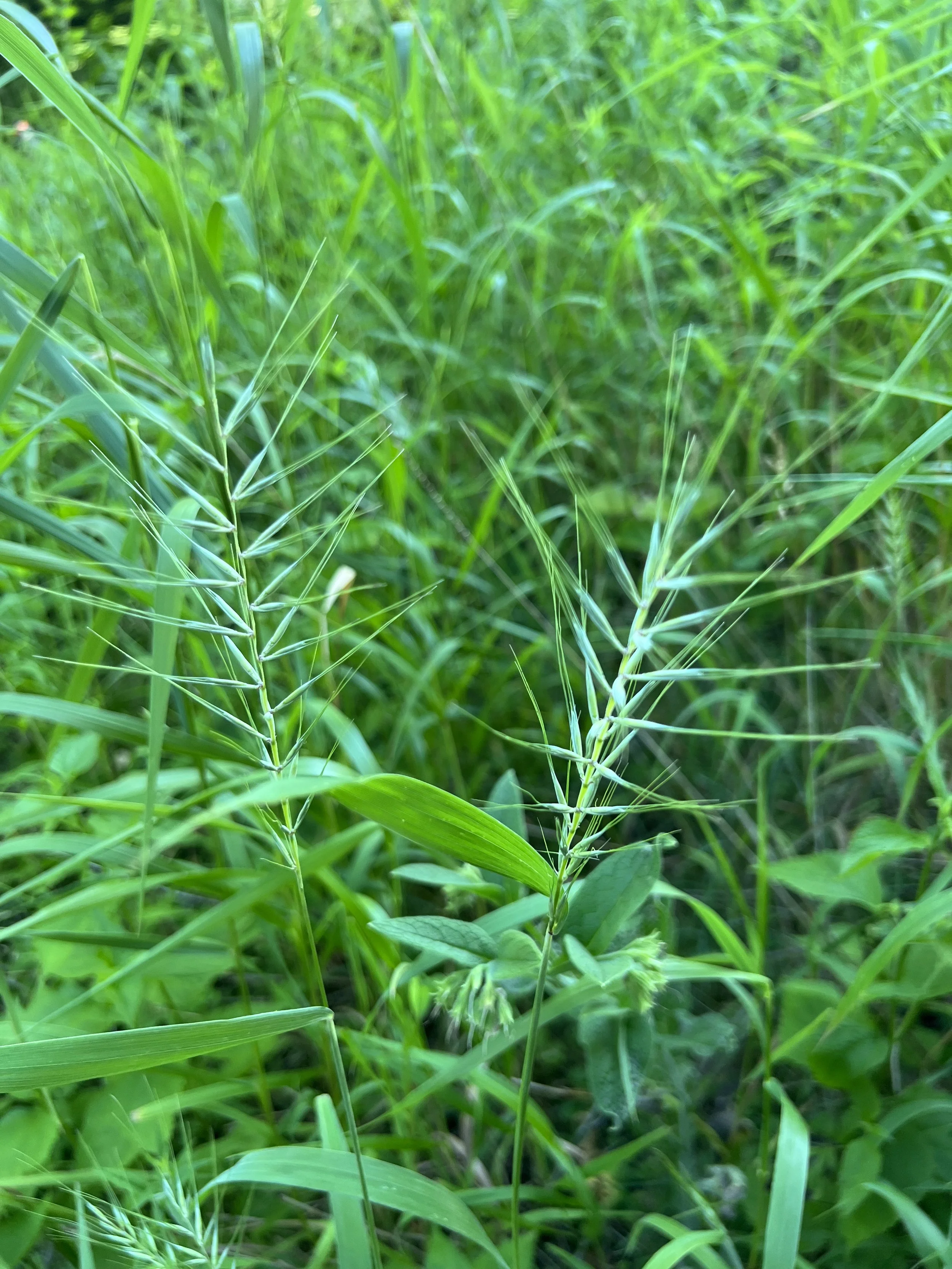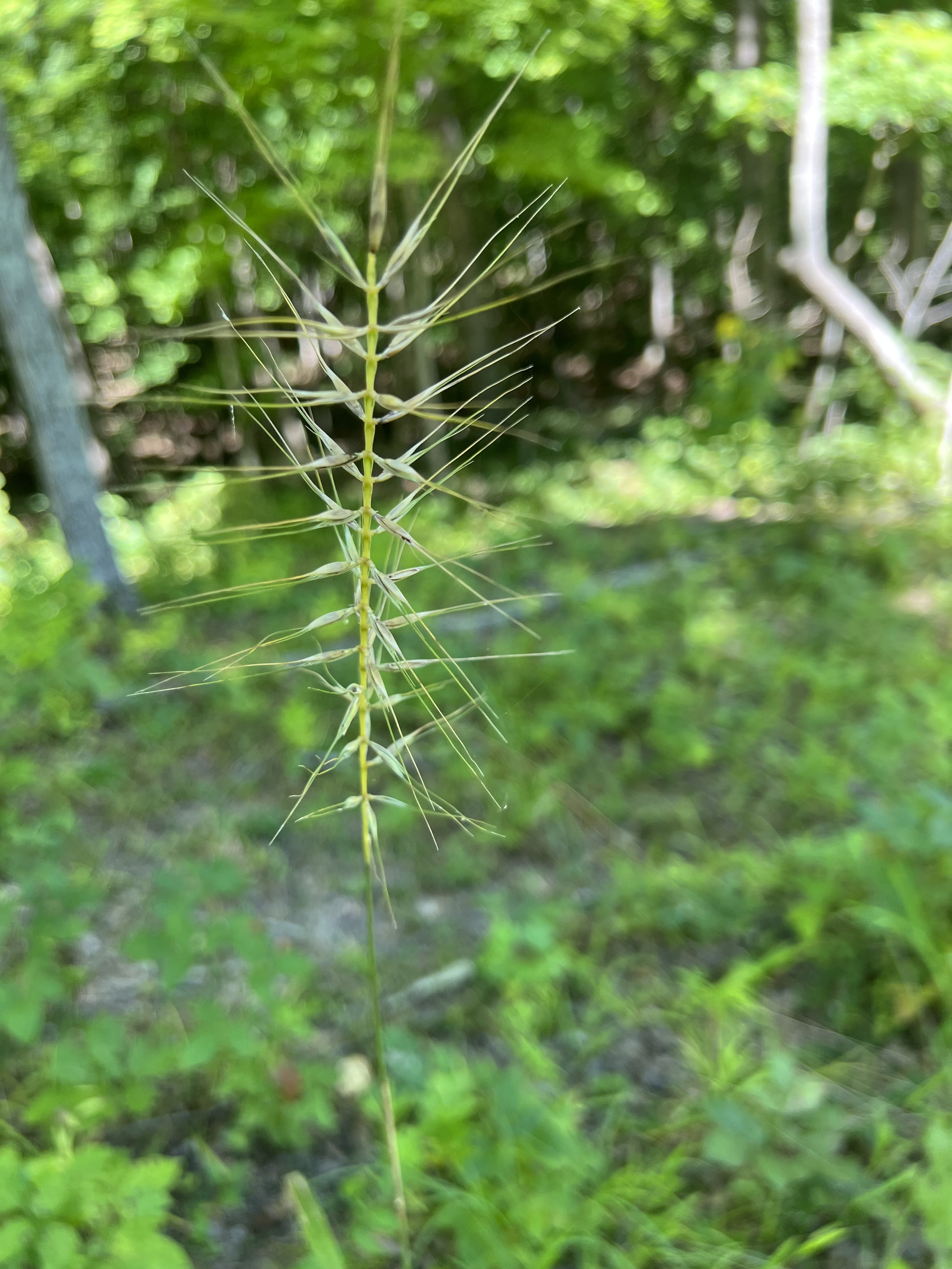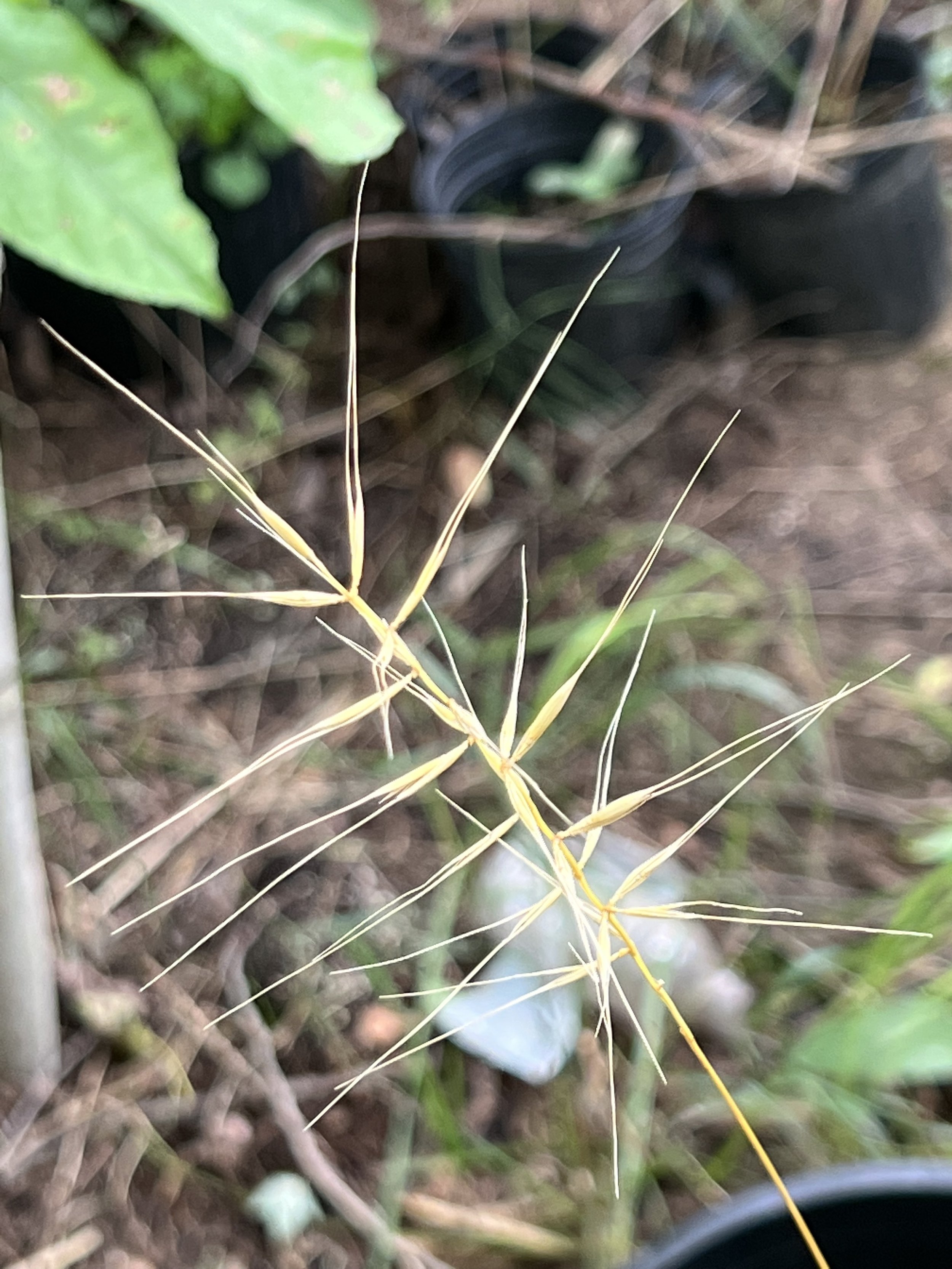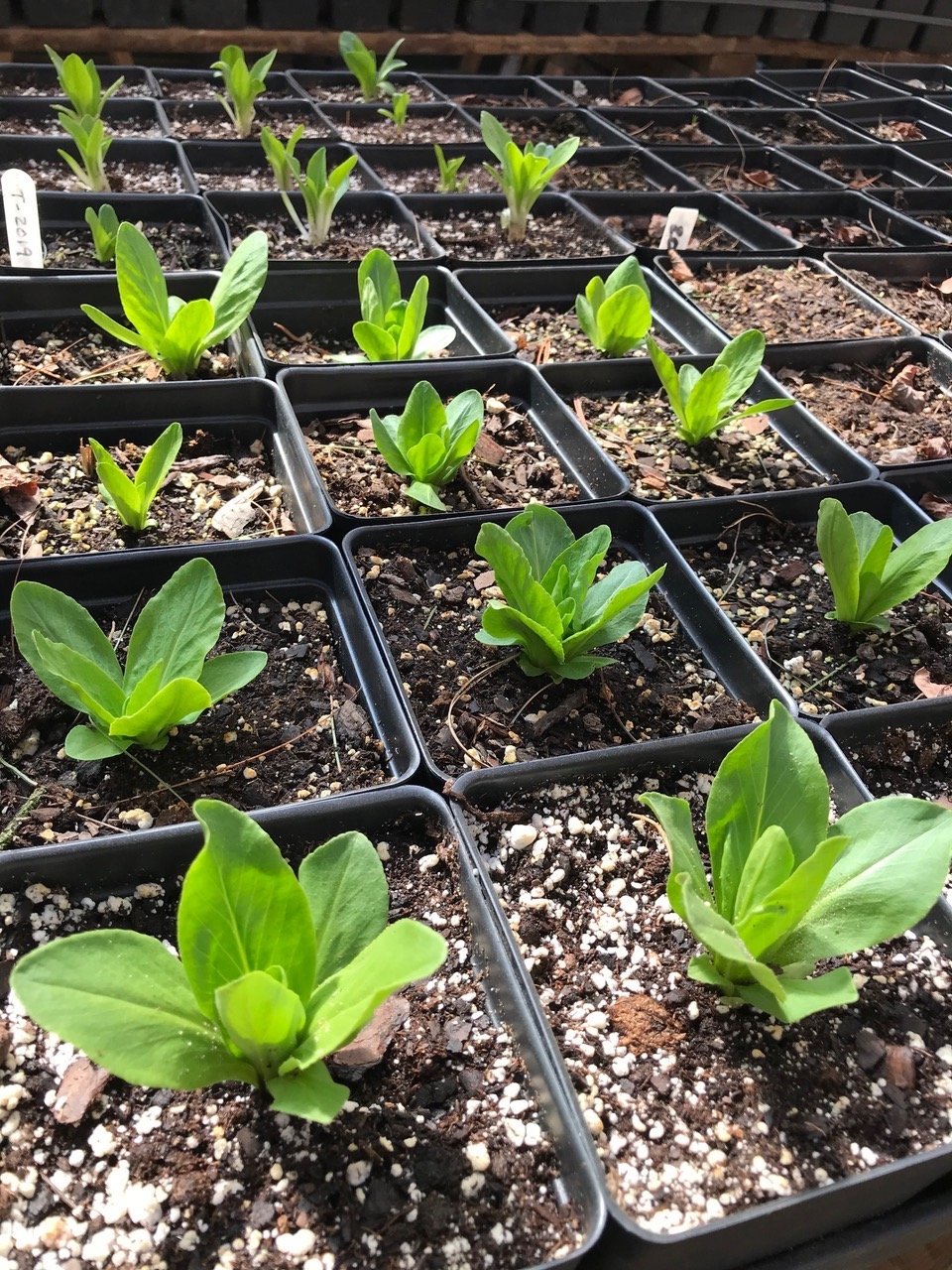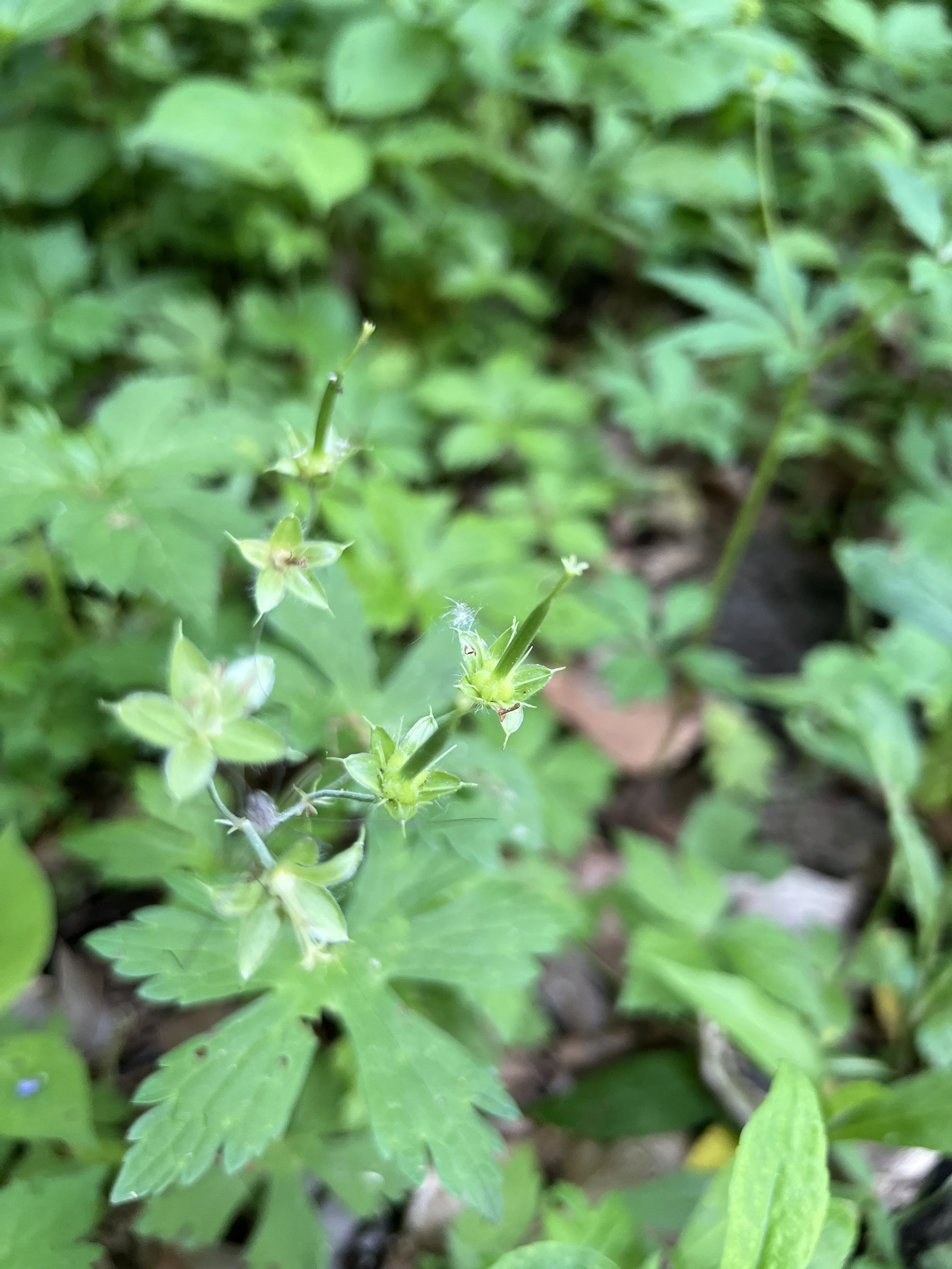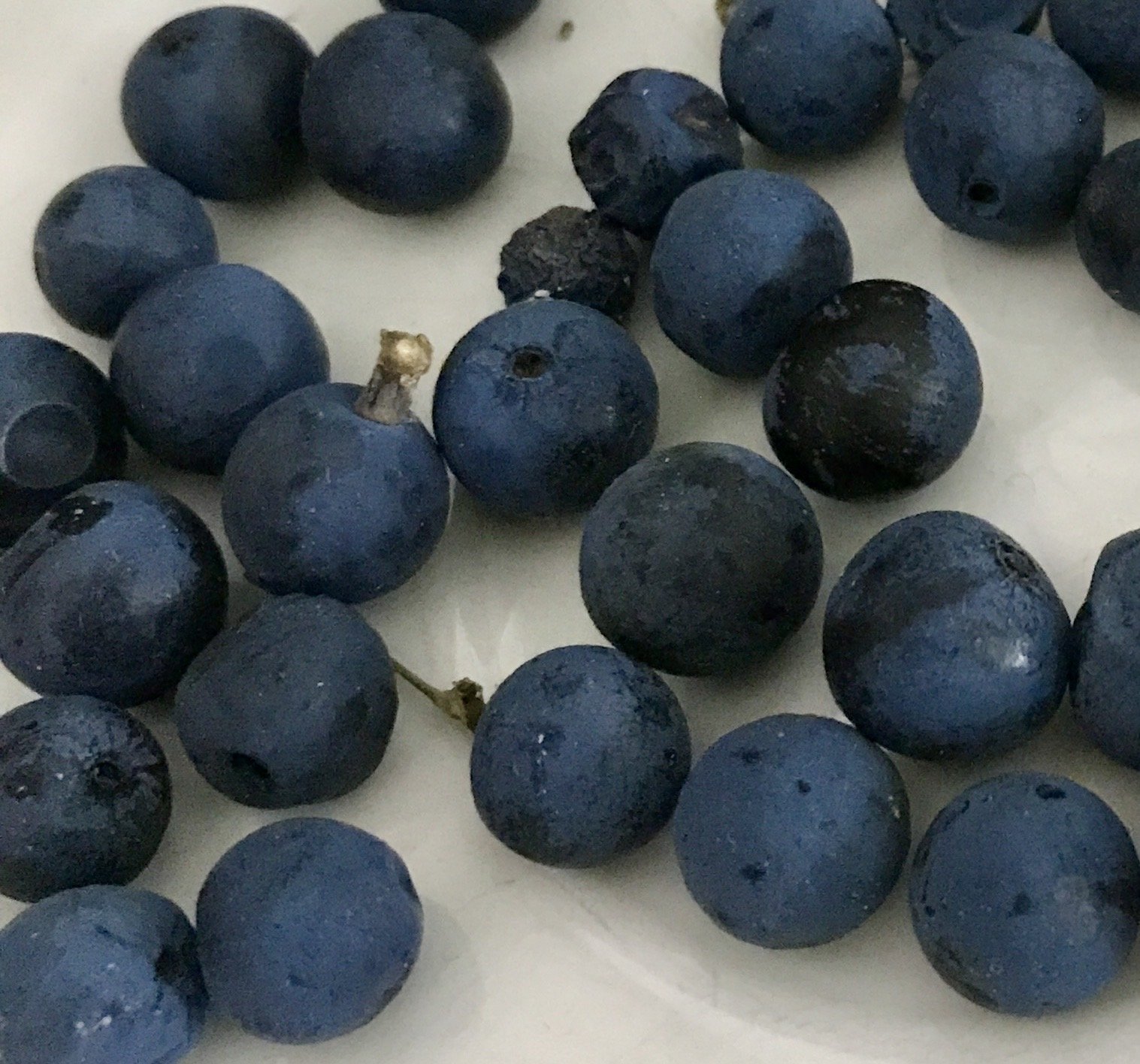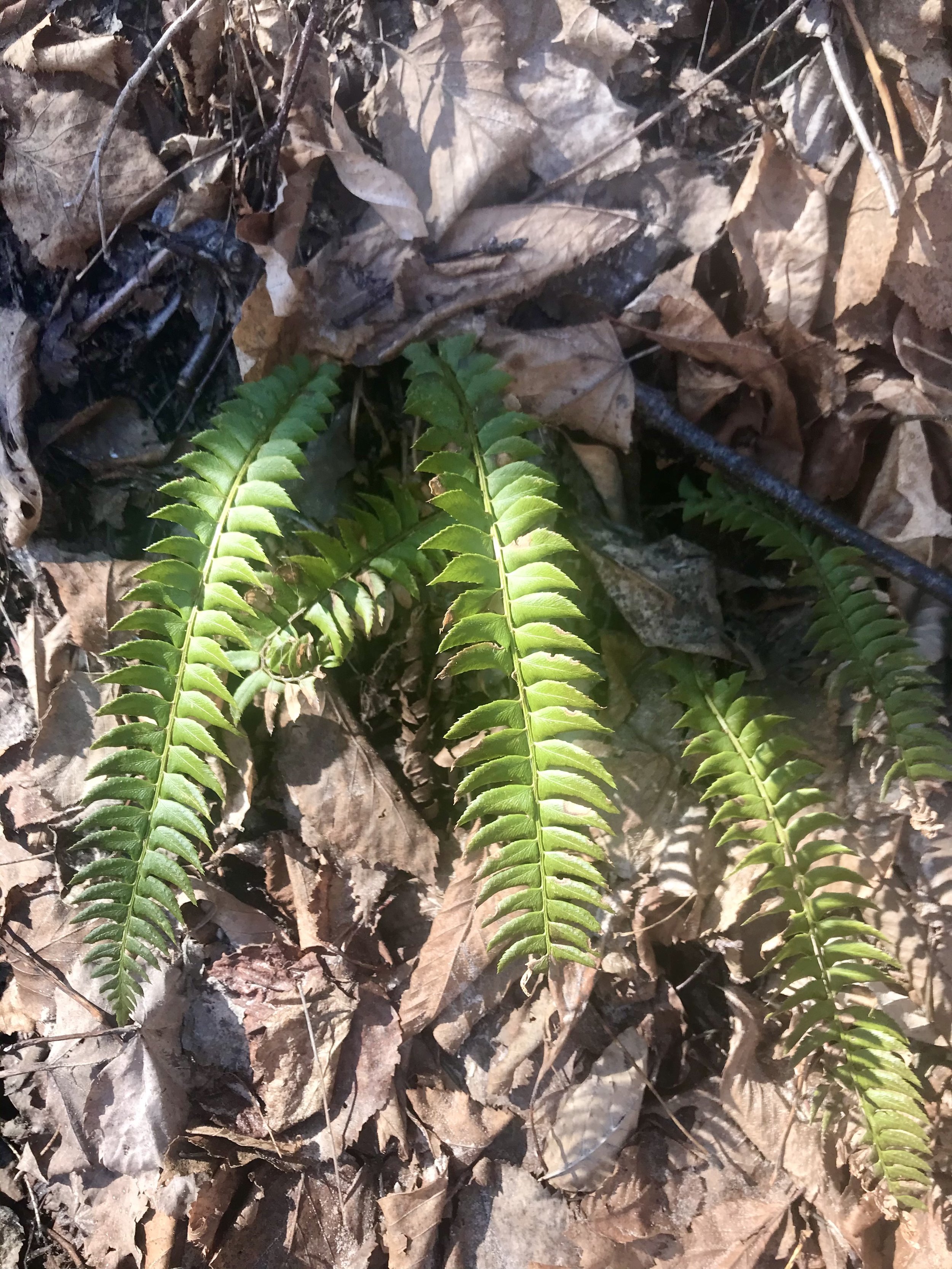 Image 1 of 8
Image 1 of 8

 Image 2 of 8
Image 2 of 8

 Image 3 of 8
Image 3 of 8

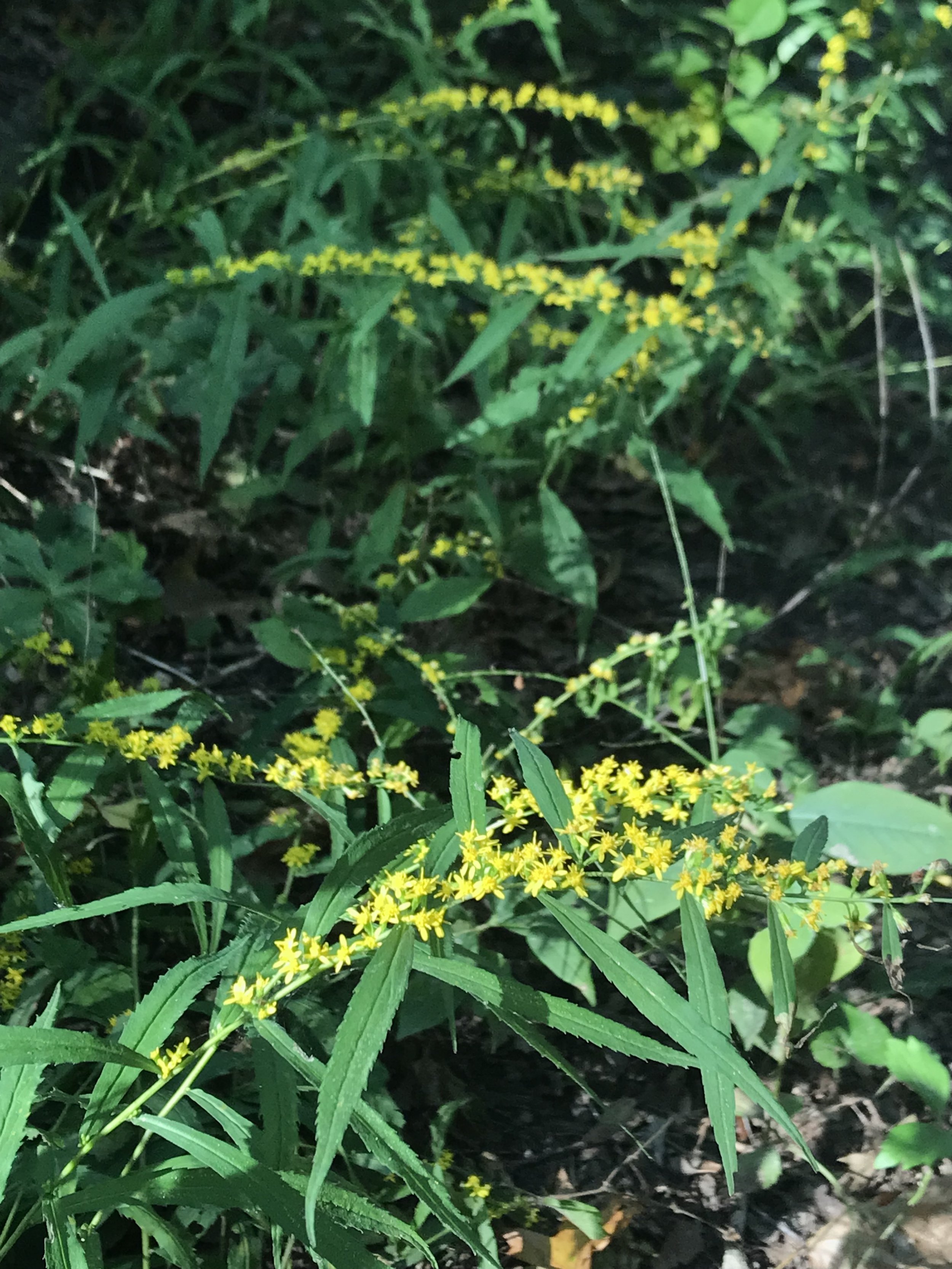 Image 4 of 8
Image 4 of 8

 Image 5 of 8
Image 5 of 8

 Image 6 of 8
Image 6 of 8

 Image 7 of 8
Image 7 of 8

 Image 8 of 8
Image 8 of 8









Blue-stemmed Goldenrod (Solidago caesia)
from $3.50
Sold Out
Woodlands are a riot of wildflowers in the spring. In the summer, it is difficult to find a bloom. In the fall, things pick up a bit when the goldenrods and asters begin to flower.
When we think about pollinators in the garden, one of our goals here at Wild Ginger Woodlands is to try to make sure we have flowers throughout the seasons. Especially important is the fall when insect populations are setting themselves up for success for the following year. Having plenty of food for overwintering is ideal.
Blue-stemmed Goldenrod is a September to October bloomer. It may be planted in areas where you have ephemerals to fill in those spaces in the seasons subsequent to spring. Make sure you’ve marked your ephemerals so you don’t accidentally dig them up.
This plant grows in both moist and dry forests. Leaves are elliptical in shape and toothed. Leaves can be up to five inches long and become smaller ascending up the stem. In some cases blue-stemmed goldenrod is a branching plant and in other cases it is just one long wand with yellow flowers all along the stem.
Flowers are golden yellow with 4-5 disk florets and 4-5 ray florets. The flowerheads, in groups of 1-12 flowers, grow out of axillary points. Axils are where leaves or branches of the plant originate. Once pollinated, flowers close up as the ovaries develop into seeds. Each seed (achene) has a tuft of hairs that, when expanded, allows the seeds to be blown by the wind.
Lots of insects eat the foliage of the plants (see Illinois Wildflowers for details) and others come for the nectar and pollen. Deer do like to chomp on these plants!
Blue-stemmed Goldenrod (Solidago caesia)
Michigan Flora reference page for state distribution: Blue-stemmed Goldenrod
height: 1-2 feet
bloomtime: Sept-Oct
soil: medium, dry
sun: partial, shade
plant spacing: 18”
flower: yellow
life cycle: perennial
family: Asteraceae
Seed source: Michigan
Sizes:
Get notified by email when this product is in stock.
Woodlands are a riot of wildflowers in the spring. In the summer, it is difficult to find a bloom. In the fall, things pick up a bit when the goldenrods and asters begin to flower.
When we think about pollinators in the garden, one of our goals here at Wild Ginger Woodlands is to try to make sure we have flowers throughout the seasons. Especially important is the fall when insect populations are setting themselves up for success for the following year. Having plenty of food for overwintering is ideal.
Blue-stemmed Goldenrod is a September to October bloomer. It may be planted in areas where you have ephemerals to fill in those spaces in the seasons subsequent to spring. Make sure you’ve marked your ephemerals so you don’t accidentally dig them up.
This plant grows in both moist and dry forests. Leaves are elliptical in shape and toothed. Leaves can be up to five inches long and become smaller ascending up the stem. In some cases blue-stemmed goldenrod is a branching plant and in other cases it is just one long wand with yellow flowers all along the stem.
Flowers are golden yellow with 4-5 disk florets and 4-5 ray florets. The flowerheads, in groups of 1-12 flowers, grow out of axillary points. Axils are where leaves or branches of the plant originate. Once pollinated, flowers close up as the ovaries develop into seeds. Each seed (achene) has a tuft of hairs that, when expanded, allows the seeds to be blown by the wind.
Lots of insects eat the foliage of the plants (see Illinois Wildflowers for details) and others come for the nectar and pollen. Deer do like to chomp on these plants!
Blue-stemmed Goldenrod (Solidago caesia)
Michigan Flora reference page for state distribution: Blue-stemmed Goldenrod
height: 1-2 feet
bloomtime: Sept-Oct
soil: medium, dry
sun: partial, shade
plant spacing: 18”
flower: yellow
life cycle: perennial
family: Asteraceae
Seed source: Michigan
Woodlands usually have ample flowers in the spring, only a few in the summer, and then more again in the fall due to the asters and goldenrods.
